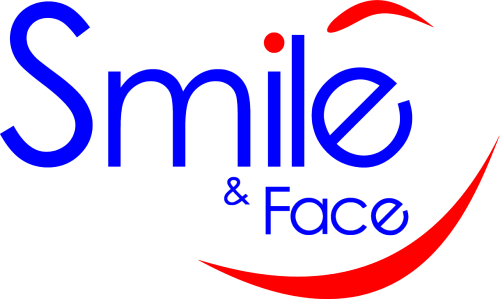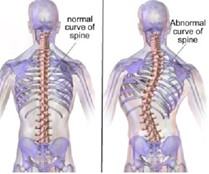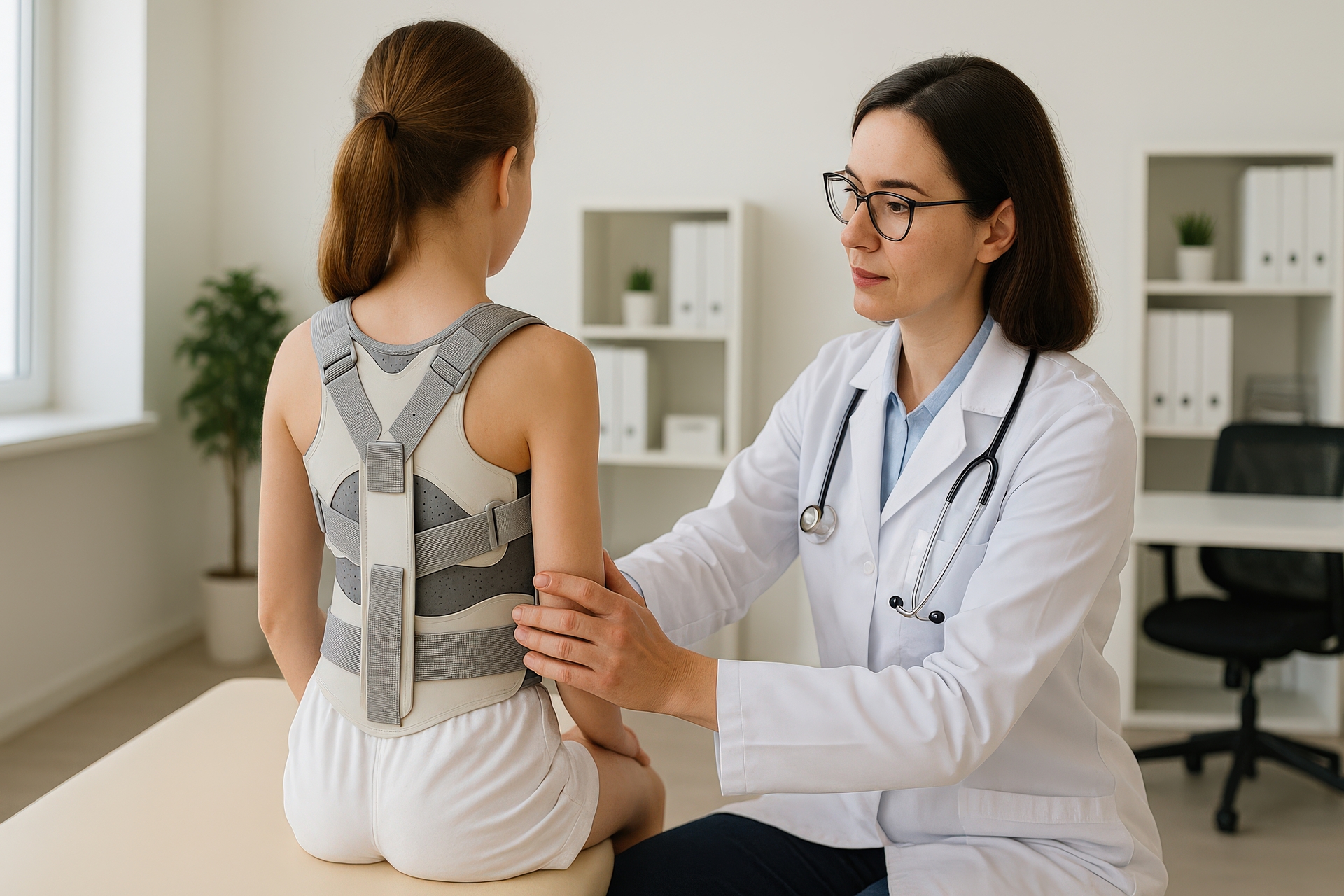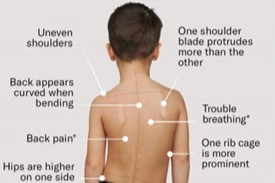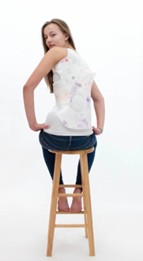What is Scoliosis?
Scoliosis means the spine curves to the side and may also rotate. It is more common in girls than boys. "Idiopathic" means the cause is unknown. Most cases are mild, but if the curve worsens as a child grows, it can cause pain and breathing problems. Many young people feel anxious when diagnosed, worrying about the impact on their lives.
Bracing for idiopathic scoliosis has long been a challenge in medicine. Many studies show that bracing can prevent curve progression, but the best approach is still debated. The goal is to control the curve before skeletal maturity and improve balance and appearance.
